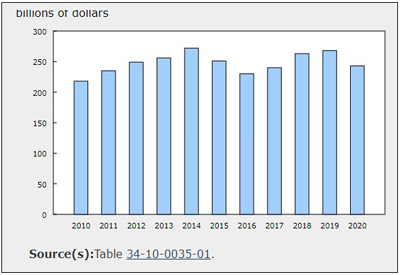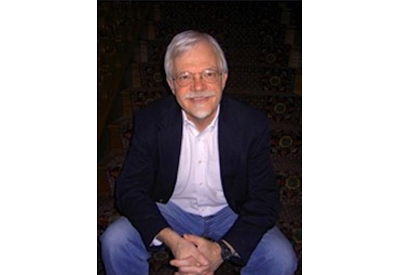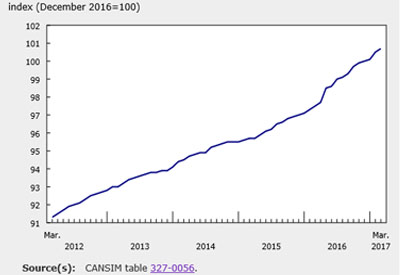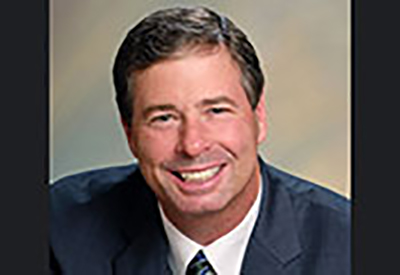“Leap of Faith” – Investing in the Future
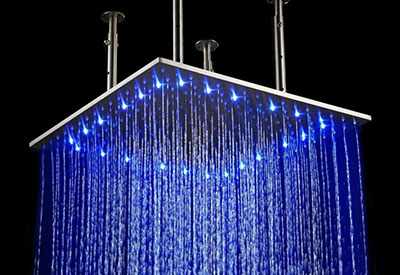
LED tape lights, LED PAR and BR lamps, solar connectors, exit signs with adjustable LED lamp heads, these are all futuristic products. As we look back 10 years, we see many new products that have introduced new technology and sometimes new markets for electrical distributors. Solar and wind power generators were just a few. Today we anticipate energy-saving technologies over the coming decade, from increasingly green motors to sophisticated LEDs, ceramic metal-halide lamps, daylight harvesting lighting systems, and smart building technology.
We also see cost savings, such as a price point drop of almost 50% in the last few years for a standard PAR30 lightbulb. In high kW hour rate locations, typical homeowners that have 25 PAR30 bulbs already installed could relamp their homes and break even within 12 to 15 months. Considering a new LED bulb uses only 9.5 Watts vs. a 65-Watt bulb, the calculation is easy to understand.
For a typical electrical distributor, lighting products represent 15-18% of their total business. The LED product could reach 3-4% today, but is expected to double over the next 5 years due to continue drop in unit pricing. It should be noted that China will lead the LED market by 2017. No surprise, given the new commercial and residential building boom in China.
On the mechanical side of the distributor business, many experts see energy control as the next big opportunity for lucrative participation by distributors. Demand response technology, time-of-day energy pricing and other tools designed to monitor and help optimize a facility’s comprehensive use of energy — from its lighting, water, refrigeration, elevators, HVAC and other systems — help utility companies to plan their distribution more efficiently and result in financial rewards to customers who partner in this proactive process with them.
Green products
Green products will continue to grow among all of the new technologies and will be seen in the channel in the coming decade. According to Bill Attardi, a 40-year veteran of the industry and president of Attardi Marketing, Colts Neck, NJ, “The combination of higher quality, more energy-efficient, and longer-lasting technologies (such as LEDs, CFLs and induction lamps) being offered across the entire electrical products industry portends lower unit sales and more limited after-market opportunities,” he says. “The players who will drive growth in this scenario will be those who best control the “front end” of this equation — from the manufacturers who continuously introduce innovative lighting systems and other electrical products to the distributors who do their best to support and promote those upsell solutions.”
Incentives to save energy
As our grid sees more demand, utilities will continue to offer incentives for energy savings products. Some of us are seeing new smart meters installed in our buildings and homes. This is just the first step in building true time of use demand data. As soon as a local utility can identify high demand locations and when demand is required, the need for more efficient products will grow.
Utility rebates have been responsible for boosting the sales of many energy-efficient electrical and building products in the last 10-15 years. We will continue to see this process until we can get a better handle on our use of electricity.
Energy control, energy savings and green building products have the greatest opportunity for distributors if they are willing to take that leap of faith.
Paul Eitmant is President and CEO of IP Group International, which serves the needs of business-to-business enterprises in over 30 countries worldwide by adding specialized expertise to the business planning and implementation process; Tel: 480.488.5646; paulipgroup@cox.net.

